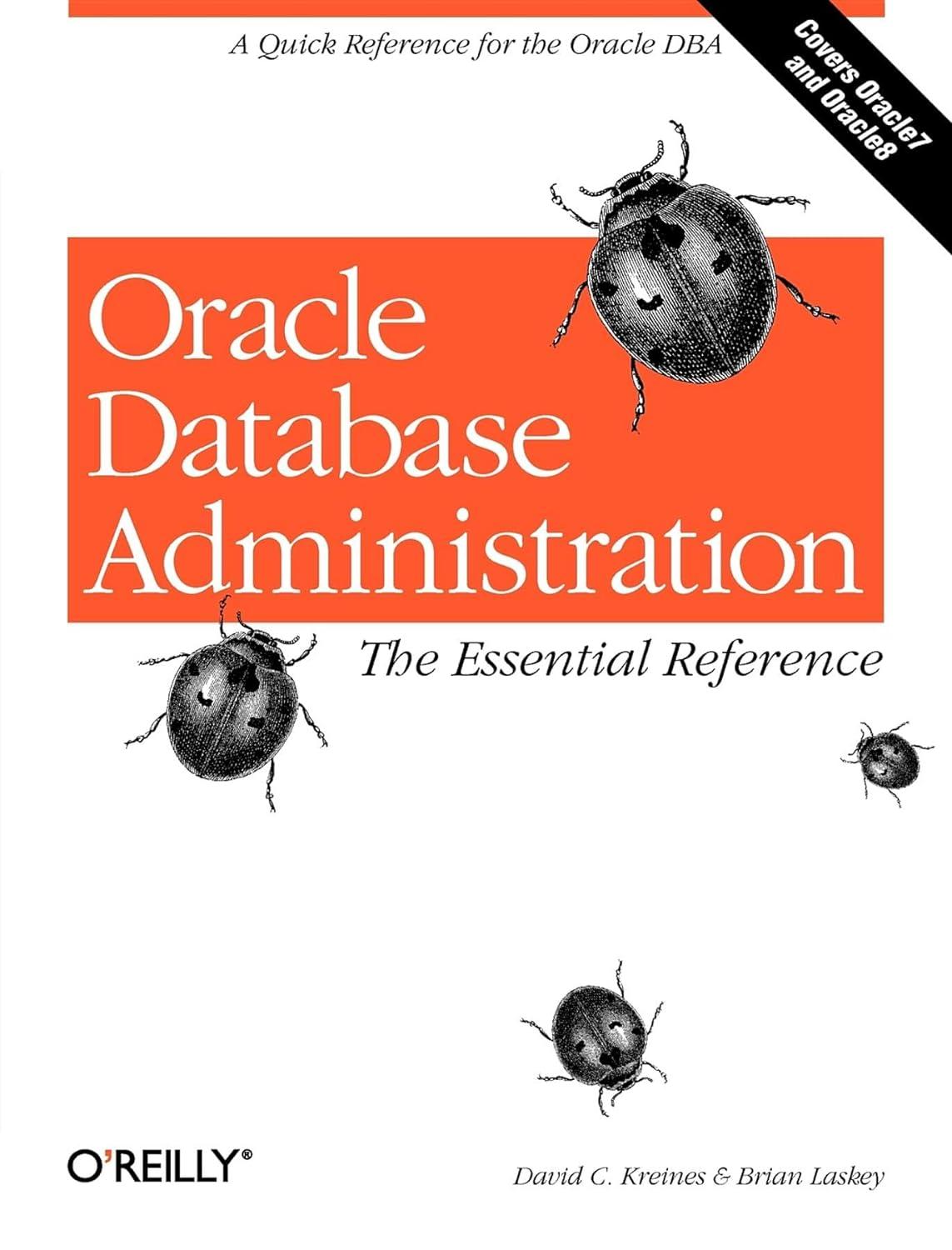Answered step by step
Verified Expert Solution
Question
1 Approved Answer
MIPS Decoder. For this assignment, you will write a program to accept machine code (as hexadecimal strings) from the user, decode and report certain features
MIPS Decoder.
For this assignment, you will write a program to accept machine code (as hexadecimal strings) from the user, decode and report certain features of the decoded MIPS instruction.
Main program: Your main program must perform the following tasks:
- Accept a machine instruction word and its address as two strings from the user.
- Extract the numeric value from the input strings.
- Call subroutine get_type(details below) and print the format type (I/J/R) of the instruction. If the instruction is not supported, print "invalid".
- Call subroutine get_dest_reg(details below) and print the destination register number of the instruction. The register number must be printed out as a decimal value. If there is no destination register, print "none". If the specified destination register is wrong or instruction is not supported, print "invalid".
- Call subroutine get_next_pc(details below) and print the address(es) of the next instruction. The addresses must be printed out as hexadecimal values. If the instruction is not supported, print "invalid".
- Assumptions:
- The inputs from the user (to specify an instruction word and its address) are strings of 8-character long excluding the ending newline. They are valid hexadecimal values, for example "00811002" or "A0A110DB".
- You can assume that the input address is always a valid one following MIPS conventions and there is no need for your program to check that. You do not need to check the range of the return of get_next_pc() either.
- You can assume only capital case letters ('A' to 'F') will be used for the input.
- You can assume only a subset of MIPS instructions are supported: add, addi, sub, slt, lw, sw, beq, j.
Required subroutines:
- int get_type(int instruction)
- Parameter: instruction is a 32-bit unsigned number representing a machine instruction word.
- Return: an integer with the following possible values o 1-R type, 2-I type, 3-J type, 0-not supported
- int get_dest_reg(int instruction)
- Parameter: instruction is a 32-bit unsigned number representing a machine instruction word.
- Return: an integer representing the register number which will be updated by executing of this instruction. A valid return should be within the range of [0,31]. Return 32 if no register gets updated by the instruction. Return 0 for invalid instructions or invalid destination register. Note: some instruction might update $rt instead of $rd.
- int get_next_pc(int instruction, int addr)
- Parameters: instruction is a 32-bit unsigned number representing a machine instruction word; addr is a 32-bit unsigned number representing the address (PC) of instruction.
- Return:
- For sequential and jump instructions, return an integer representing the address of the next instruction we will fetch and execute in $v0;
- For branch instructions, return two integers representing the addresses of the next instruction we will fetch and execute if branch is taken (in $v1) and the next instruction if branch is not taken (in $v0).
- You can assume the next pc is never going to be zero and return 0 in $v0 for invalid instructions.
- Note: You might be able to use this one to double check your answer to Part 1 Question 3.
Coding Requirements:
- You must mark clear the start and end of all three required subroutines.
- You must declare all three required subroutines to be global. For example, use these two lines to start your subroutine get_type(): .globl get_type get_type:
- Your definition must follow MIPS register usage conventions as discussed in our textbook and slides. See Appendix of this document for a quick reference.
- You code must be very well commented. A description of the algorithm you use must be included in your comments.
Hints:
- You may need to use la to load an address into a register.
- ASCII encoding of symbols can be useful. You can turn on/off "ASCII" in MARS to inspect the memory content for the input string. Here is a link to useful ASCII coding: http://en.wikipedia.org/wiki/ASCII#Printable_characters .
- Feel free to define additional helper functions.
- You may find system calls useful to read in string and/or print a value in hex or other formats. Print out binary patterns can help with debugging. http://courses.missouristate.edu/KenVollmar/mars/Help/SyscallHelp.html
Conventions to follow:

Step by Step Solution
There are 3 Steps involved in it
Step: 1

Get Instant Access to Expert-Tailored Solutions
See step-by-step solutions with expert insights and AI powered tools for academic success
Step: 2

Step: 3

Ace Your Homework with AI
Get the answers you need in no time with our AI-driven, step-by-step assistance
Get Started


